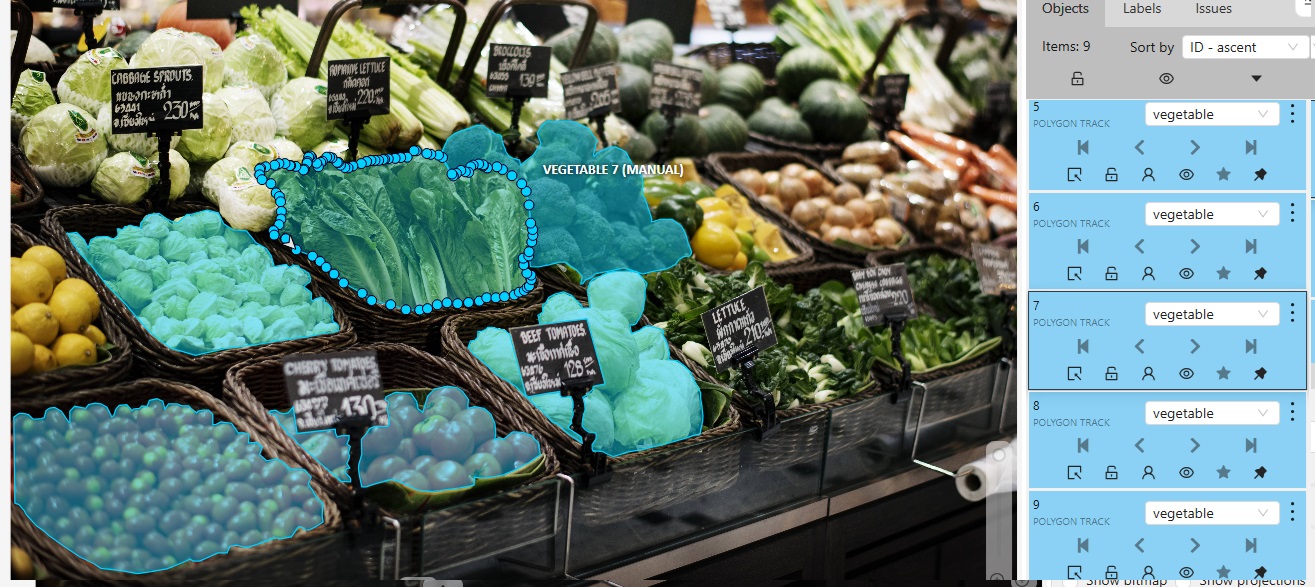A Comprehensive Guide to Image Annotation Techniques in Machine Learning
A Comprehensive Guide to Image Annotation Techniques in Machine Learning
In the fast-moving world of artificial intelligence and computer vision, image annotation is the foundation that everything is built upon. It’s how machines learn to “see.” Without properly labeled images, tasks like detecting objects, understanding scenes, or interpreting facial expressions would be virtually impossible.
But here’s the thing—not all image annotations are the same. Depending on your specific project, the type of annotation you need may vary drastically. Some are quick and simple, while others are deeply detailed and computationally intensive.
So, let’s walk through the most popular image annotation techniques, and when you should use each one.
Bounding Boxes: The Basics That Power Object Detection
Let’s start with the most common method—bounding boxes. These are just rectangular frames drawn around objects in an image. If you’ve ever seen a model label cars, faces, or animals in a photo, chances are it’s using bounding boxes.
This technique is widely used in applications like self-driving cars, e-commerce product tagging, or surveillance systems. Implementation is easy and resources aren’t required. However, it lacks the precision needed for objects with irregular shapes—like people in motion or animals in the wild.
Polyline and Polygon Annotations: Tracing with Precision
When accuracy is key, bounding boxes just won’t cut it. This is where polygon annotation and polyline annotation come into play.
Polygon annotation allows annotators to draw around the exact contours of an object using multiple points. It’s great for satellite imagery, autonomous driving datasets, and anything else that demands fine-grained precision. Polyline annotation, meanwhile, is ideal for marking roads, lane markings, or boundaries in a more lightweight format.
Of course, these methods take longer and require skilled annotators, but the payoff is in the precision.
Semantic Segmentation: Understanding Every Pixel
Want to teach a machine to understand everything in a scene—not just individual objects? Then semantic segmentation is the way to go.
Pixels in an image are labeled according to their category using this technique. Whether it’s identifying the sky, roads, people, or buildings, semantic segmentation offers pixel-level context. It’s widely used in fields like healthcare (e.g., tumor mapping), urban planning, and autonomous vehicles.
The downside? It’s resource-intensive and needs powerful systems to handle large datasets.
Instance Segmentation: Taking It a Step Further
While semantic segmentation tells you what something is, instance segmentation goes a step further by telling you which one it is.
Imagine a crowded street with ten people. Instance segmentation can separate each individual, giving your model the ability to count and track them. It combines the strengths of object detection and pixel-level labeling, making it invaluable in robotics, crowd analysis, and intelligent transportation systems.
It’s powerful—but also complex and often time-consuming to annotate.
Keypoint Annotation: For When Position Matters
Some AI applications aren’t about identifying whole objects, but rather key points on them. That’s where keypoint annotation comes in.
From facial recognition to human pose estimation in fitness apps, this technique marks specific parts like eyes, elbows, knees, or product corners. It’s especially useful in gesture recognition or motion analysis.
It’s lightweight and efficient but requires domain expertise to place points accurately.
3D Cuboids: Adding Depth to the Data
As we step into the world of autonomous navigation and virtual reality, the need for 3D annotations becomes more apparent.
Unlike flat boxes, 3D cuboids capture an object’s depth, width, and height, giving the model a sense of spatial awareness. These are heavily used in self-driving cars, warehouse robotics, and augmented reality applications.
However, they require careful calibration and high-quality input to be effective.
Why Choosing the Right Annotation Matters
No single annotation method is the best for all scenarios. It depends on your project goals, the level of detail required, and the nature of the images. While bounding boxes might be fine for quick object detection, pixel-perfect segmentation is necessary for medical applications or high-stakes AI systems.
Who Can Help With Image Annotation?
If you’re working on a computer vision project, annotating data manually can be overwhelming. That’s where outsourcing to professionals like Outline Media Solutions (OMS) can make a huge difference.
Outline Media Solutions provides a full range of image annotation services—from basic bounding boxes to advanced instance segmentation and 3D cuboids. With years of experience and a highly trained team, Outline Media Solutions ensures accuracy, scalability, and efficiency. Whether you’re in e-commerce, autonomous tech, or healthcare, you can rely on Outline Media Solutions for quality annotation that powers real-world results.



